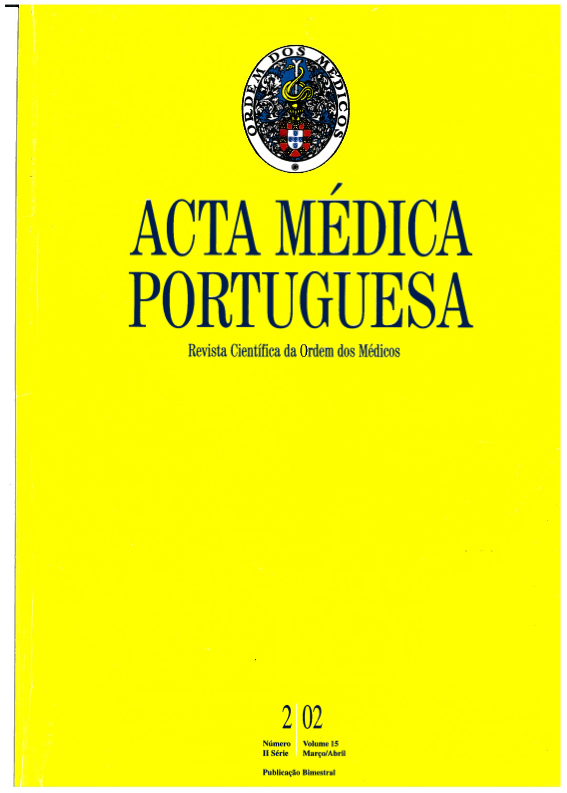Screening for Y chromosome sequences in patients with Turner syndrome.
DOI:
https://doi.org/10.20344/amp.1922Abstract
The Turner syndrome (TS) has been described in association with different sex chromosome aberrations. Although most TS patients show no evidence of Y chromosome sequences, according to different authors some TS patients may have Y chromosome material present in a few cells that are not detected by standard cytogenetic analysis. The importance of identification of this low level Y mosaicism is of clinical relevance due to the patient's increased risk of developing gonadoblastoma. In the present study, standard chromosome analysis performed on peripheral blood lymphocytes from 22 TS patients showed 12 patients with 45,X karyotype, 7 patients were mosaics with or without structural abnormalities in one X chromosome and, the remaining three patients had the following karyotypes: 46,X,i(X)(q10); 46,X,+mar/47,X,idic(Y),+mar and 45,X/46,X,+r. Molecular studies were performed on genomic DNA extracted from peripheral blood lymphocytes and mouth epithelial cells, which derive from two different embryonic germ layers, mesoderm and ectoderm, respectively. The screening for low level Y mosaicism was carried out by simplex PCR and by nested PCR of the following Y specific loci: SRY (sex determining region Y), TSPY (testis specific protein Y encoded), DYZ3 (centromeric locus) and DAZ1 (deleted in azoospermia). In two TS patients a set of STSs of the Y long and short arms were used to characterize the idic(Y) and the ring chromosomes. The high sensitivity of the nested PCR (1 male cell/125,000 female cells) allowed for exclusion of the presence of low level Y mosaicism in 20 out of 22 TS patients. In the patient with the idic(Y), PCR analysis was positive for all Y loci tested excluding the heterochromatic region. This result identified the breakpoint between sY158 and sY159 on the long arm and, by fluorescence in situ hybridization (FISH) it was confirmed that the euchromatic part of the long arm, centromere and short arm of the Y chromosome were duplicated. The characterization of the ring chromosome, detected in one of the TS patients, was only possible to analyse by FISH and PCR. In this ring, derived from the Y chromosome, a deletion was identified including the pseudoautosomal region 1 (PARY1) and Y intervals 6 and 7. However, the ring Y was positive for SRY, RPS4Y, AMGY, TSPY loci on the short arm, DYZ3 (centromere) and, sY85, DFFRY, GY6, sY87, sY113, sY119, sY122, sY126 and RBMY1 on the long arm. This study excluded the presence of low level Y mosaicism in two tissues collected from 20 TS patients. FISH and molecular analysis allowed us to characterize, in 2 out of 22 patients, one idic(Y) and one ring chromosome. The nature of the latter had not been completely identified by standard cytogenetics. The potential increased risk of gonadoblastoma in TS patients carrying Y chromosome sequences justifies the application of FISH and PCR for the characterization of marker chromosomes and the application of nested PCR for the detection of low level Y mosaicisms when Y chromosome material is not detected by standard cytogenetic analysis in patients with a 45,X karyotype and/or with virilization.Downloads
Downloads
How to Cite
Issue
Section
License
All the articles published in the AMP are open access and comply with the requirements of funding agencies or academic institutions. The AMP is governed by the terms of the Creative Commons ‘Attribution – Non-Commercial Use - (CC-BY-NC)’ license, regarding the use by third parties.
It is the author’s responsibility to obtain approval for the reproduction of figures, tables, etc. from other publications.
Upon acceptance of an article for publication, the authors will be asked to complete the ICMJE “Copyright Liability and Copyright Sharing Statement “(http://www.actamedicaportuguesa.com/info/AMP-NormasPublicacao.pdf) and the “Declaration of Potential Conflicts of Interest” (http:// www.icmje.org/conflicts-of-interest). An e-mail will be sent to the corresponding author to acknowledge receipt of the manuscript.
After publication, the authors are authorised to make their articles available in repositories of their institutions of origin, as long as they always mention where they were published and according to the Creative Commons license.









